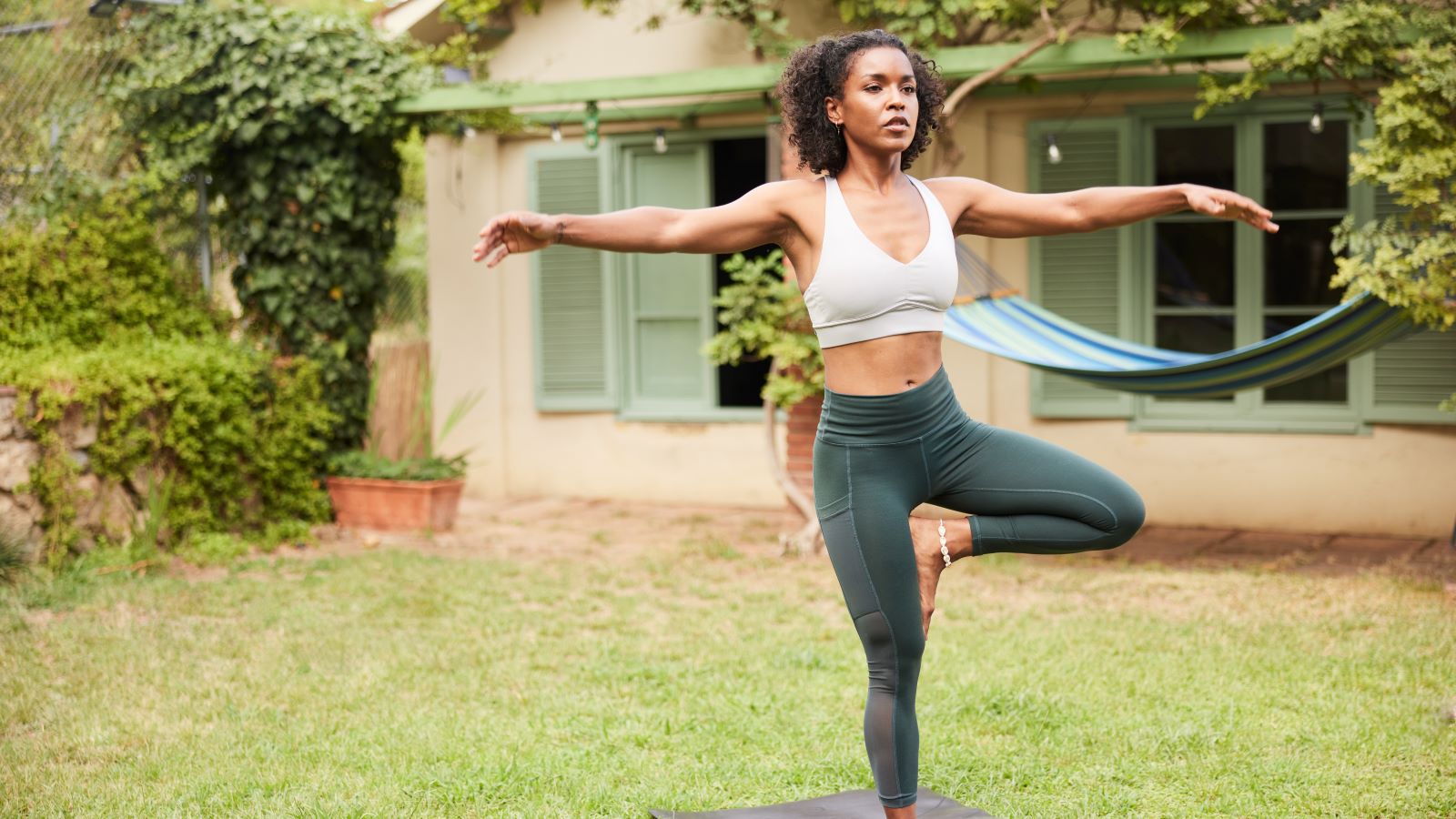<< Back
6 Ways to Strengthen Your Ankles

September 03, 2025
Strong ankles aren’t just for athletes — they help you walk on uneven ground, climb up stairs or keep up with the kids or dog.
But when your ankles are weak, it’s easy to end up with twists, sprains or worse.
We asked Megan Wolf, MD, an orthopedic surgeon with Hartford HealthCare’s Connecticut Orthopaedic Institute, for her go-to ankle-strengthening moves.
Why you should strengthen your ankles
Most of us don’t pay much attention to our ankles until something goes wrong. But these small joints do a big job, carrying your weight and keeping you balanced.
“Ankles are complex joints that support your body weight and help you move in every direction,” says Dr. Wolf.
But when your ankles are weak, you’re more likely to feel unsteady, sore or roll an ankle, especially after a past injury.
The good new is that with a few simple exercises each day, you can build strength and stability — no equipment or gym membership required.
> Related: 5 Worst Shoes for Your Feet
1. Stand on one foot.
Although standing on one leg might sound simple, it’s also one of the most effective ways to train your ankles.
“Balancing on one leg teaches your ankle muscles to react quickly so you don’t lose your footing,” says Dr. Wolf.
To start, stand on one leg for 30 seconds, then switch. Want a bigger challenge? Close your eyes or stand on a pillow or balance board.
> Related: The 4 Best Exercises for Stronger Knees, According to an Orthopedic Surgeon
2. Use a resistance band.
Resistance bands are lightweight and inexpensive, and let you work the muscles around your ankle from every angle.
“Loop a band around your foot and move it up, down and side-to-side against the resistance,” says Dr. Wolf. “You can even do it while watching TV.”
If things get too easy, just use a stronger resistance band for more of a challenge.
> Related: How Do I Know If My Ankle Is Sprained or Broken?
3. Do calf raises.
Another way to stabilize your ankles is by strengthening nearby muscles, like your calves.
“Your calves help stabilize your ankles, so keeping them strong is important,” says Dr. Wolf.
To do this, rise onto your toes, hold for a second and slowly lower. Try a set of 10–15, anywhere from your kitchen counter to the grocery line. For a challenge, try one leg at a time or on the stairs.
> Related: 6 Exercises to Help Your Knee Pain
4. Make ankle circles.
Mobility is as important as strength, and ankle circles are a great exercise to keep your ankles moving.
“Ankle circles keep the joint mobile and help you notice if something feels tight or weak,” says Dr. Wolf.
Just lift your foot slightly off the ground and slowly rotate it in one direction, then the other.
5. Walk on your toes – then your heels.
Toe and heel walks are a simple, but effective way to strengthen your lower legs.
“This works the muscles in the front and back of your lower leg, which both help support your ankle,” says Dr. Wolf.
Walk across the room on your toes, then switch to your heels. Keep your steps slow and steady. You can use the wall for balance.
6. Try a single-leg squat.
This move is a little advanced, but is a powerful way to strengthen not just your ankle, but your foot and hip too.
“Standing on one leg while bending your knee just a bit challenges your ankle, foot and hip muscles all at once,” says Dr. Wolf.
Want to give it a try? Stand on one leg and do a shallow squat, keeping the movement slow and controlled. And don’t get discouraged — even a small bend in your knee can help fire your stabilizing muscles and improve strength.
> Related: What’s the Difference Between a High and Low Ankle Sprain?
When to see your doctor.
Ongoing ankle pain, repeated sprains, and swelling that won’t quit or trouble walking are all reasons to get checked out.
Sudden severe pain, not being able to put weight on it or a visible deformity? That’s an immediate trip to urgent care.
“Strong ankles help you stay active and steady,” says Dr. Wolf. “Start with these moves – and if you need more guidance, your doctor can help you out.”